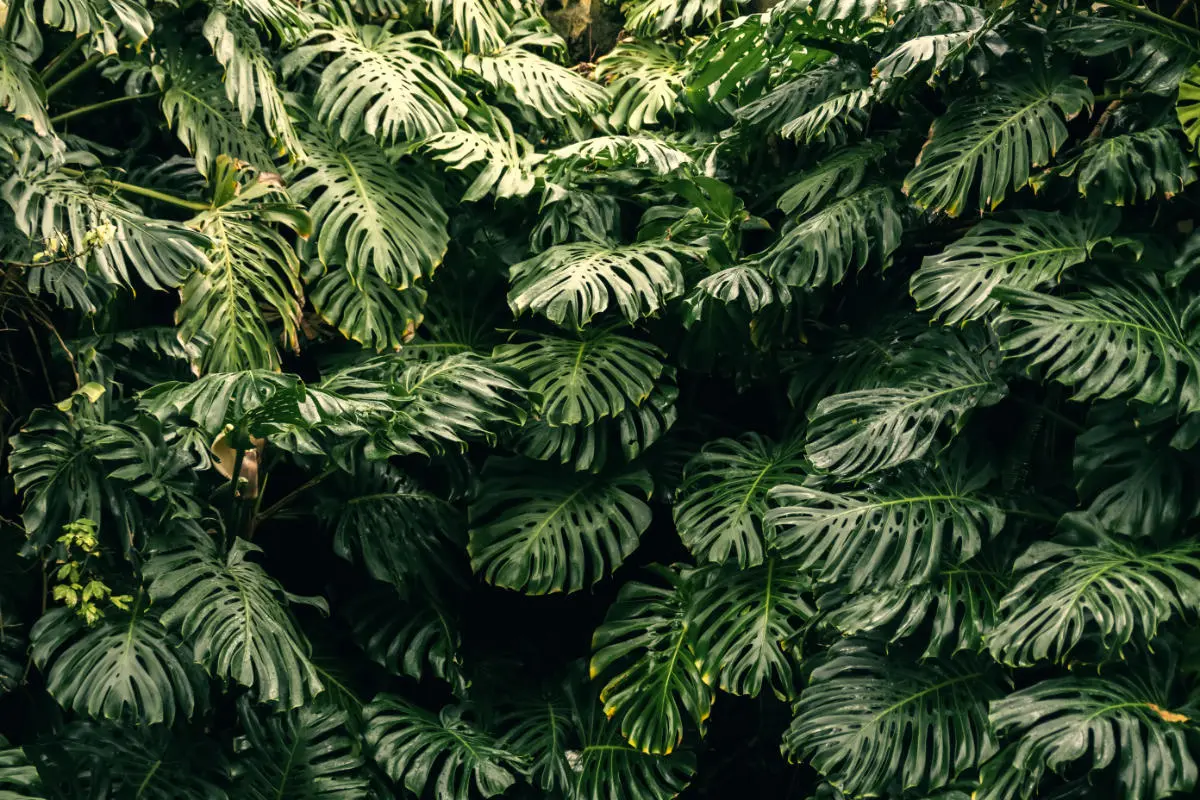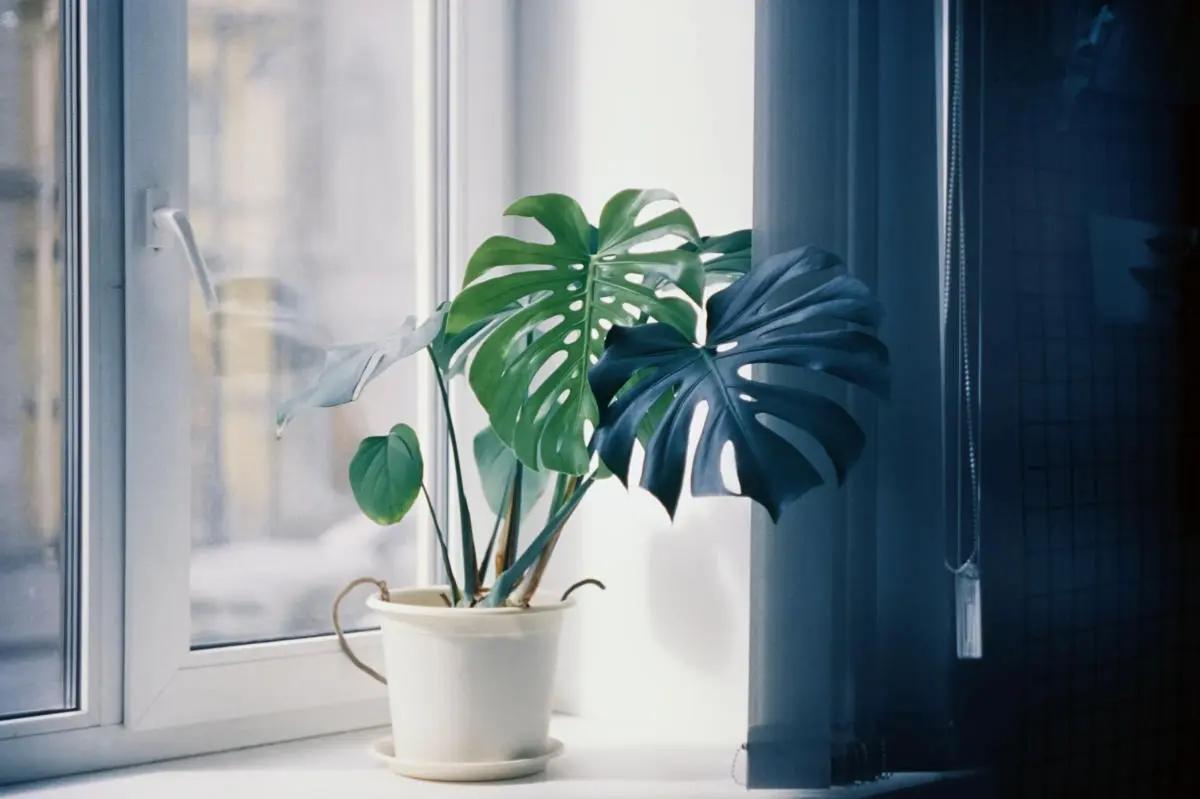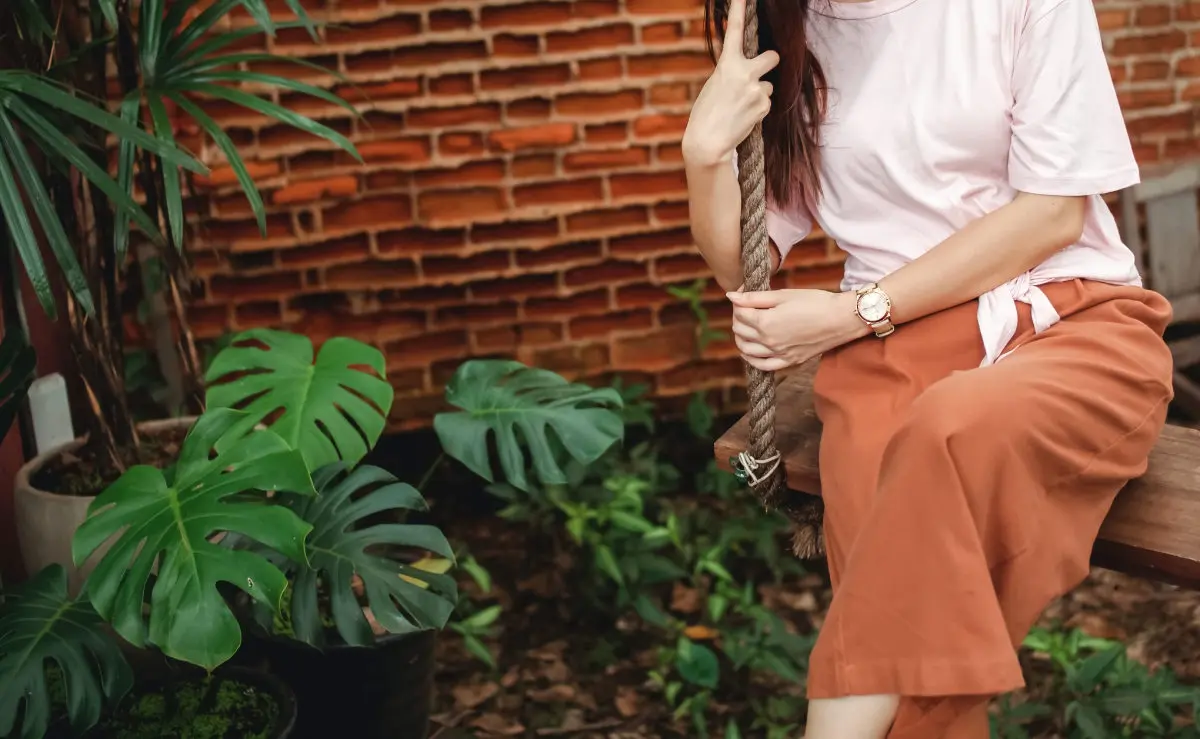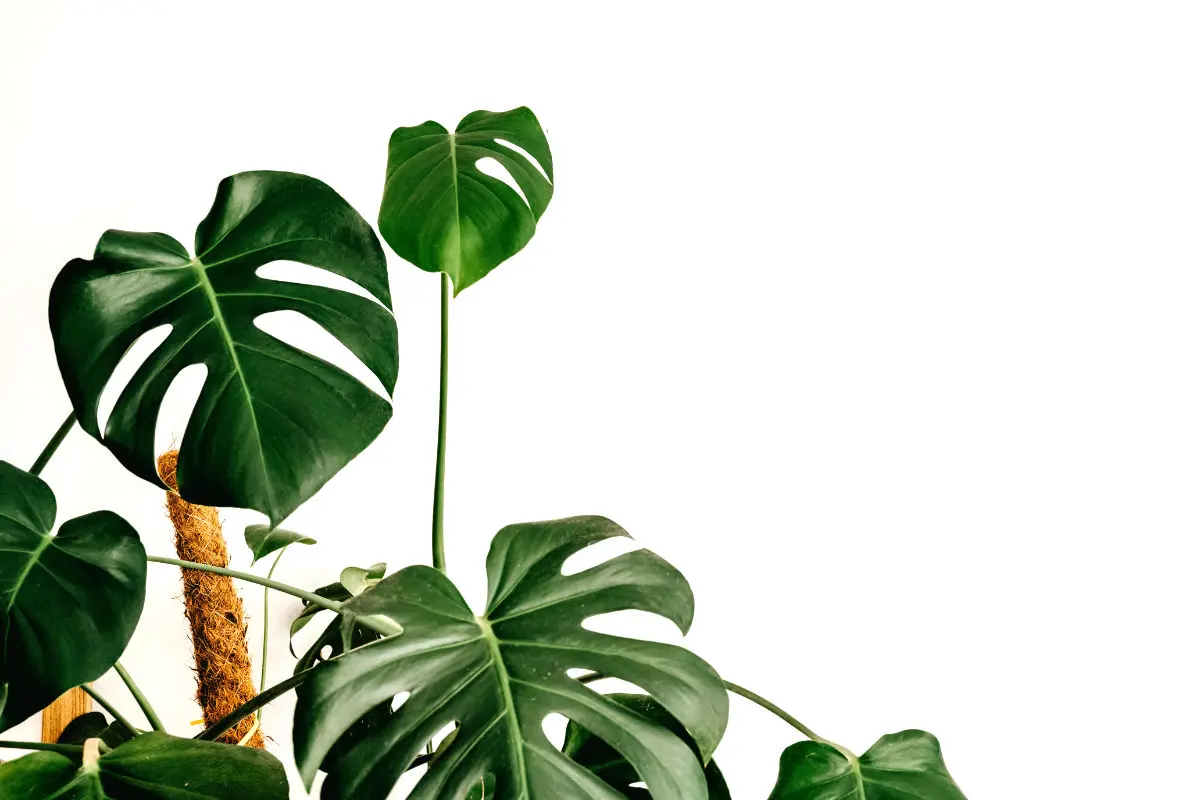Where Do Monstera Plants Come From? A Journey Into Their Exotic Origins
Dive into the world of Monstera plants and their origins. From lush jungles to your living room, learn about their natural habitat and how to nurture these captivating houseplants.
By Tobias Holm —
Monstera plants, with their distinctive split leaves and towering presence, have become an iconic symbol of tropical beauty in homes around the world. But where do monstera plants come from, and how did these magnificent green giants make their way from their natural habitat to become beloved houseplants?
This post embarks on an enlightening journey into the exotic origins of monstera plants, exploring their natural habitat, cultural significance, and the path they've taken to become a staple in our living spaces.
Tracing the Roots: The Natural Habitat of Monstera Plants
Monstera plants are indigenous to the rich, biodiverse tropical rainforests of Central and South America. Within these verdant ecosystems, they flourish beneath the dense forest canopy, perfectly adapted to the dappled sunlight and the moist, warm environment that defines their native surroundings.
As epiphytic and hemiepiphytic beings, monsteras have evolved to climb up the trunks of larger trees, leveraging aerial roots to anchor themselves while reaching for light and nutrients. This climbing nature is a testament to their resourcefulness and a key aspect of their survival strategy in the wild.
Their habitat, characterized by high humidity and filtered light, offers essential clues to replicating similar conditions in indoor settings, ensuring their health and vigor away from their natural home.
In understanding the natural habitat of monstera plants, one gains insight into their basic care needs, shedding light on the importance of humidity, indirect sunlight, and a supportive structure for climbing in cultivating these tropical beauties successfully.
A Symbol of the Tropics: Monsteras in Culture and History
Monstera plants hold a special place in the cultural tapestry of their native regions, embodying the lush, untamed beauty of the tropics. These plants have not only thrived in the dense rainforests of Central and South America but have also woven their way into the art, fashion, and design of these areas, becoming symbols of exotic allure and natural splendor.
The distinctive, perforated leaves of the monstera have inspired countless artists and designers, making it a frequent motif in various creative works that celebrate the connection between humanity and the natural world.
In addition to their aesthetic contribution, monsteras have historically played practical roles in indigenous cultures, serving as both a source of nutrition and in traditional medicine.
This dual significance of the monstera plant—as both an icon of tropical elegance and a resource for sustenance and healing—highlights its integral presence in the cultural and ecological landscapes from which it originates. Through the lens of history and culture, the monstera transcends its identity as a mere plant, becoming a living emblem of tropical abundance and resilience.
From Jungle to Living Room: The Global Spread of Monstera Plants
The monstera's voyage from lush Central and South American forests to the interior landscapes of homes across the world traces a captivating history of curiosity, colonial expeditions, and the expanding horizons of plant trade.
In the 18th century, European adventurers and botanists, drawn by the allure of uncharted territories, encountered these magnificent plants. Their unique, perforated leaves and imposing stature sparked interest among the plant collectors of the time, prompting their transportation across oceans to European soil. As these exotic specimens were cultivated in botanical gardens and private collections, their appeal grew, transcending borders.
By the 20th century, monsteras had cemented their status as a must-have element of interior design, thriving in the domestic spheres of numerous countries. Their adaptability to indoor conditions, coupled with their striking appearance, ensured their popularity among plant enthusiasts and interior decorators alike.
The monstera plant's transition from a wild, tropical species to a beloved household staple illustrates a broader narrative of globalization and the human fascination with the exotic, reshaping our indoor environments with a touch of the verdant, untamed world they once roamed freely.
Embracing the Exotic: Growing Your Own Monstera Plant
To cultivate a monstera plant within your own space is to invite the essence of its tropical origins into your home.
Achieving the optimal environment for your monstera requires mimicking the conditions of its natural habitat. Bright, indirect sunlight is essential for fostering growth while protecting its leaves from scorch. High humidity levels, reminiscent of the lush rainforests from which it hails, support the plant's health and leaf development.
Utilize a well-draining potting mix to replicate the aerated forest floor, ensuring water can flow freely without waterlogging the roots. Water your monstera when the top inch of soil feels dry to the touch, and provide a balanced, water-soluble fertilizer bi-monthly during its active growth phases in spring and summer.
Remember, your monstera's climbing instincts can be accommodated with a moss pole or trellis, encouraging vertical growth and larger leaf production. Through these care practices, your monstera will not only thrive but also bring a vibrant, jungle-like vitality to your indoor garden.
Conclusion
The odyssey of the monstera from the steamy forests of Central and South America into our homes is more than a tale of an attractive houseplant—it's a rich narrative interwoven with ecological, cultural, and historical threads. Gaining insight into the origins of monstera plants enriches our understanding of their deep-rooted significance beyond their physical beauty.
As we integrate these magnificent green wonders into our spaces, we not only pay homage to their exotic lineage but also foster a connection with a world far beyond our own. Incorporating a monstera into your home is not just about adding a piece of decor; it's about inviting a story, a piece of the earth's tapestry, into your life.
Through mindful care that echoes their tropical beginnings, these plants thrive, symbolizing our enduring fascination with nature's marvels. As keepers of these extraordinary specimens, we bridge distant worlds, bringing the essence of tropical abundance into our everyday environments.



